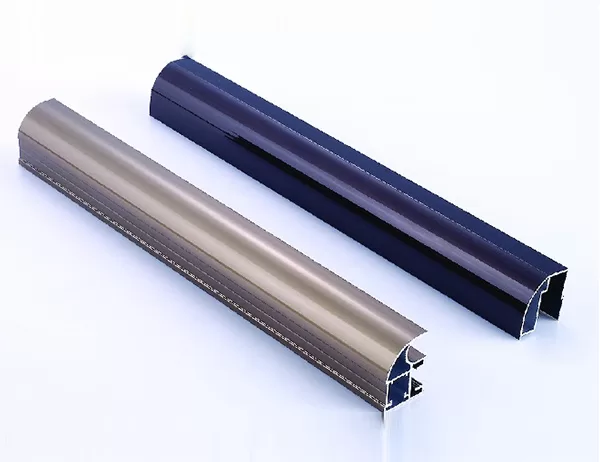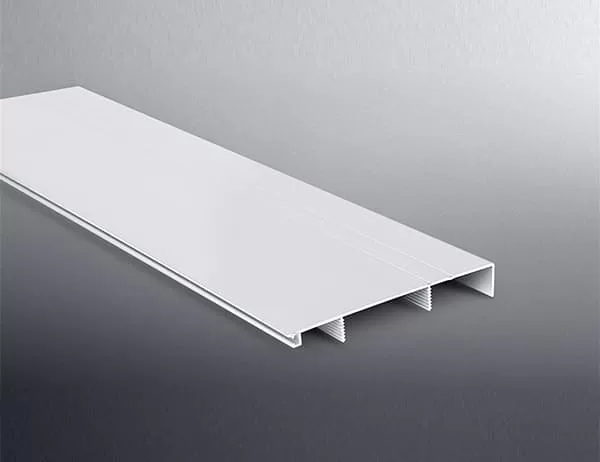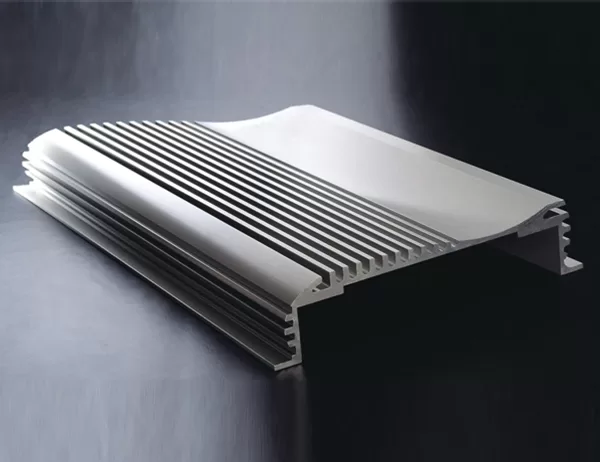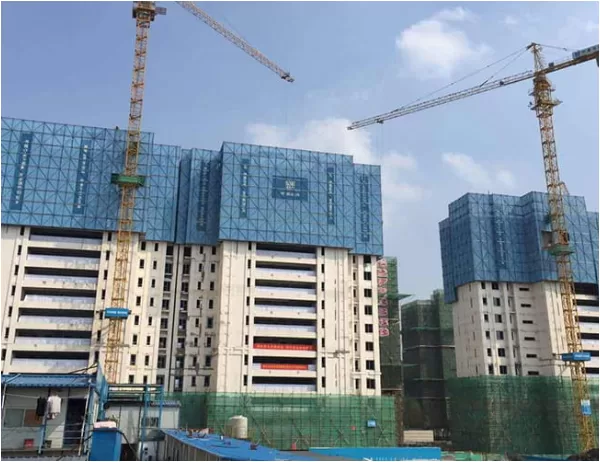In the realm of automotive engineering, the quest for vehicle safety and performance has spurred the adoption of aluminum extrusions as a crucial component in enhancing structural integrity. Aluminum extrusions, formed by forcing molten aluminum through a shaped die, offer a unique combination of strength, lightness, and versatility, enabling them to play a vital role in automotive design. This article delves into the multifaceted contributions of automotive aluminum extrusions to improved structural integrity.
One of the primary advantages of aluminum extrusions is their exceptional strength-to-weight ratio. Compared to traditional steel components, aluminum extrusions offer similar levels of strength at a significantly reduced weight. This weight reduction translates into improved fuel efficiency, reduced emissions, and enhanced handling performance.
The strength of aluminum extrusions is attributed to their unique grain structure and alloy composition. During the extrusion process, the aluminum is subjected to high pressure, aligning its grains in a specific direction. This process enhances the material’s tensile strength, yield strength, and resistance to bending. Moreover, the addition of alloying elements, such as magnesium and silicon, further increases the strength and toughness of the extrusions.
Another significant advantage of aluminum extrusions is their ability to be formed into complex geometries. The extrusion process allows for the creation of custom profiles with intricate shapes and cross-sections. This geometric complexity enables engineers to design lightweight structures that meet specific load requirements while minimizing material waste.
The geometrical flexibility of aluminum extrusions is particularly valuable in automotive applications, where space limitations and weight constraints are paramount. For instance, extrusions can be shaped to form strong yet lightweight frames, subframes, and suspension components, optimizing structural integrity without compromising space or weight.
Automotive applications demand materials that can withstand harsh environmental conditions. Aluminum extrusions exhibit excellent corrosion resistance, making them suitable for use in a wide range of environments. The natural oxide layer that forms on the surface of aluminum protects it from moisture, salt, and other corrosive agents.
In addition to their inherent corrosion resistance, aluminum extrusions can be further protected with protective coatings, such as anodizing or powder coating. These coatings enhance the material’s resistance to wear, abrasion, and chemical attack, ensuring long-term durability in demanding automotive environments.
Energy Absorption
In the event of an accident, automotive structures must absorb energy to protect occupants. Aluminum extrusions possess excellent energy absorption properties. Their ability to deform and absorb energy without catastrophic failure contributes to enhanced crashworthiness.
The energy absorption properties of aluminum extrusions are due to their high strength and ductility. The material can withstand high impact forces and undergo significant plastic deformation before failing. This energy absorption capacity helps to reduce the forces transmitted to the vehicle occupants, minimizing the risk of injury.
Automotive aluminum extrusions have revolutionized the design and manufacture of vehicles by significantly enhancing structural integrity. Their exceptional strength-to-weight ratio, geometrical complexity, corrosion resistance, and energy absorption properties make them an ideal material for lightweight, durable, and safe automotive structures. As the automotive industry continues to evolve, the demand for aluminum extrusions is projected to grow, further driving innovation and the development of next-generation vehicles with enhanced structural integrity.




